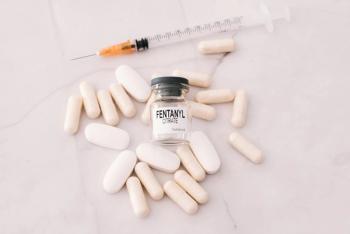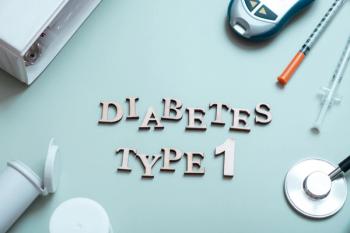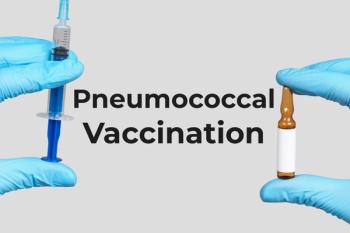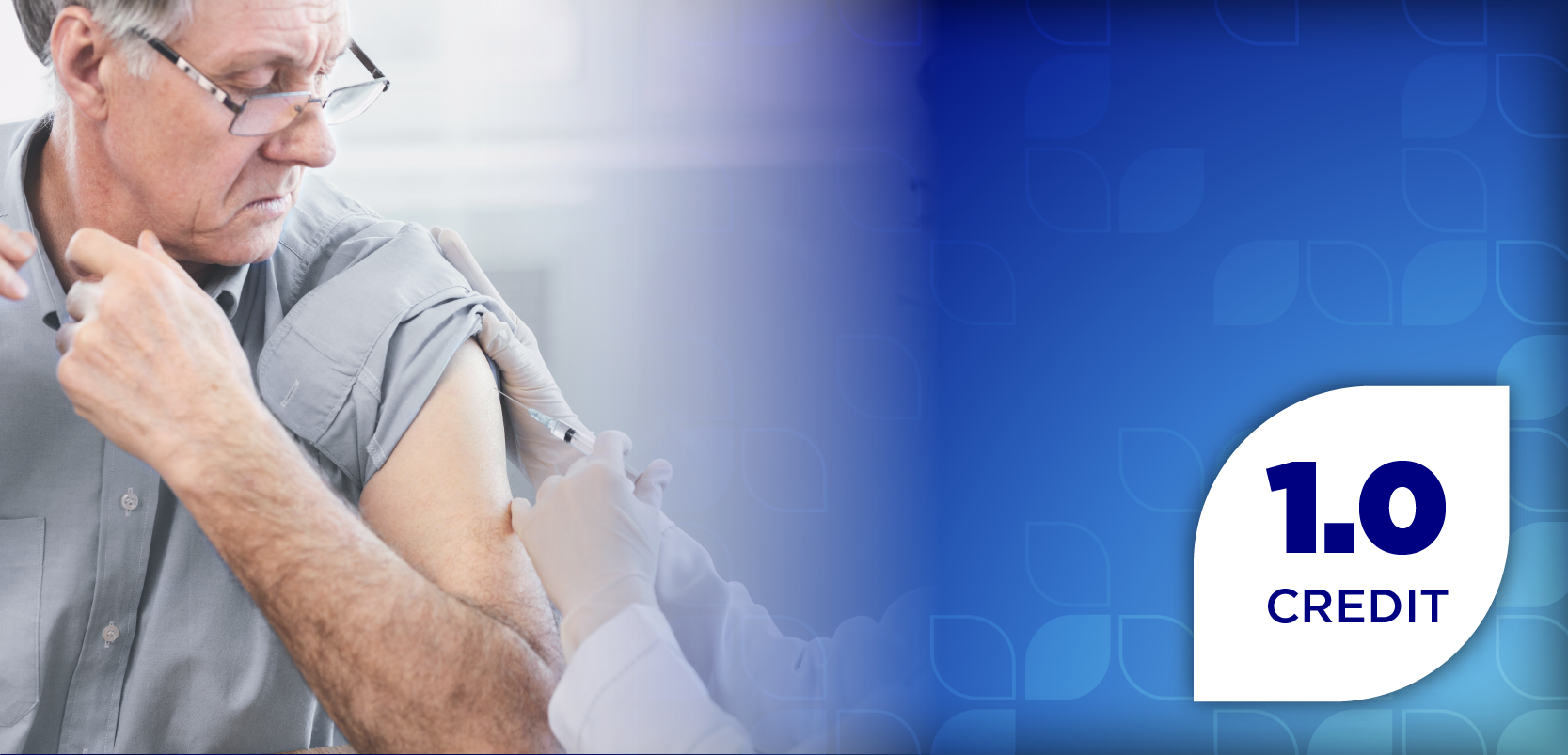
The Honest Apothecary: "What can we do about skyrocketing generic drug prices?"
First of all, take a tip from The Hitchhiker's Guide: Don't panic.
Jason PoquetteWhat do drugs like albendazole, digoxin, doxycycline, pravastatin, and divalproex have in common? The answer, it turns out, isn’t pharmacologic but economic. These drugs (and dozens more) are generics that have experienced price increases of anywhere from 100% to more than 1,000% virtually overnight.
Top Pick:
What’s going on?
A recent Drug Topics article [“
The article quoted Bernie Sanders (I-Vt) and Elijah Cummings (D-Md), who said in a statement, “The enormous, overnight price increase of Daraprim is just the latest in a long list of skyrocketing price increases … Americans should not have to live in fear that they will die or go bankrupt because they cannot afford to take the life-saving medication they need.”
A New England Journal of Medicine
As a practicing pharmacist and business manager, I have both seen and felt the impact of these increased prices. Though the causes of this situation sometimes involve complex economics, it nevertheless creates very practical and personal problems for patients and pharmacists alike.
Editor's Choice:
Patients
The impact of this situation has sometimes lead to frustrating interruptions in or omissions of therapy when the product was simply unaffordable. Often the impact of these price hikes has been hidden from patients until they realize they have entered the dreaded “coverage gap” earlier than expected. The result has sometimes forced patients to switch to less effective or poorly tolerated alternatives.
Author's Choice:
Pharmacists
With respect to pharmacists, these increases have sometimes had a very negative impact on their bottom line. A PBM will reimburse pharmacies based upon usual and customary pricing along with maximum allowable costs. But when prices increase rapidly, pharmacies are forced to purchase these drugs at much higher prices than the going reimbursement rates. The net effect is that they often lose money on these prescriptions, a consequence that no business model can sustain.
What to do?
So how do we deal with this situation? While it would be both naive and dishonest to suggest the solution is simple, I think it is important to maintain perspective. While these price increases have been dramatic, the drugs involved still represent a small percentage of all the generics on the market. Pharmacies have not eliminated their lists of “$4” generics in the face of these skyrocketing prices. This is a problem; but many generics are still extremely affordable.
We also have to understand that generic drug prices are susceptible to the same market forces and opportunities that exist for any product we purchase. Industry changes can occur that place a generic in the hands of a sole manufacturer, which can then set the price it wants to charge.
Fixing this situation might involve some legislative changes. Why not institute various tax incentives that make these market strategies less attractive to generics manufacturers, or offer exclusivity deals to correct a problem when it arises?
Finally, in my opinion we need to allow health plans to operate with the same power of choice available to every single consumer in the United States. Health plans need some capacity to simply say “no” to products that are only marginally effective, especially when alternatives exist.
Jason Poquette is the director for outpatient pharmacy services at Saint Vincent Hospital in Worcester, Mass., and an APPE preceptor for the Massachusetts College of Pharmacy. Contact him at
Newsletter
Pharmacy practice is always changing. Stay ahead of the curve with the Drug Topics newsletter and get the latest drug information, industry trends, and patient care tips.

